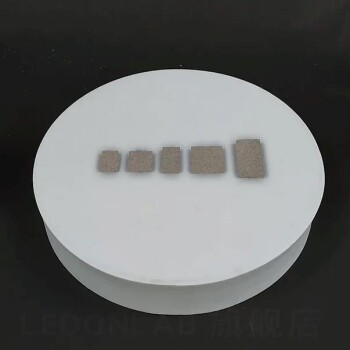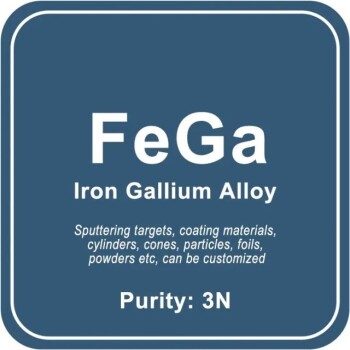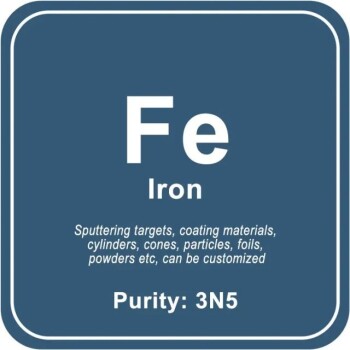Identifying an unknown metal can be done using a variety of methods. These range from traditional visual and physical tests to advanced analytical techniques like X-ray fluorescence (XRF) analysis.
Each method has its own set of advantages and limitations. The choice of method often depends on the specific requirements of the analysis. This includes the need for non-destructive testing, accuracy, and speed.
5 Essential Methods to Identify an Unknown Metal

Traditional Metal Identification Methods
Appearance Test
This involves visual inspection of the metal's color, texture, and form. While simple, it is highly subjective and not very reliable for precise identification.
Spark Test
This method involves striking the metal against a grinding wheel and observing the sparks produced. Different metals produce distinct spark patterns, but this method can be hazardous and is not always accurate.
Hardness Tests (Rockwell and Brinell)
These tests measure the resistance of a metal to indentation by a standardized indenter. They provide quantitative data but require specialized equipment and can cause minor damage to the sample.
Modern Metal Identification Methods
Optical Emission Spectrometry
This technique involves vaporizing a small sample of the metal and analyzing the light emitted to identify its elemental composition. It is highly accurate but requires sample preparation and can be costly.
X-ray Fluorescence (XRF) Analysis
XRF is a non-destructive method that uses X-rays to excite the atoms in a metal sample, causing them to emit secondary X-rays. The energy and intensity of these emitted X-rays are analyzed to determine the metal's composition. XRF is particularly useful for identifying unknown alloys and precious metals without damaging the sample.
Applications of XRF in Metal Identification
Alloy Comparison Mode
This feature allows for the comparison of the elemental composition of an unknown metal with known standards or a database of alloy grades. It helps in identifying the exact grade of an alloy and detecting impurities.
Precious Metals Analysis
XRF analyzers can accurately determine the composition of precious metals like gold, silver, and platinum, making them essential tools for verifying the authenticity of jewelry and other precious items.
Environmental Monitoring
Metal XRF analyzers are also used in environmental applications to detect and analyze pollutants in various materials, contributing to environmental protection and remediation efforts.
In conclusion, identifying an unknown metal involves a combination of traditional visual and physical tests along with advanced analytical techniques like XRF. While traditional methods provide initial insights, XRF analysis offers a non-destructive, accurate, and efficient way to determine the composition and grade of metals, making it a preferred choice in many industrial and scientific applications.
Continue Exploring, Consult Our Experts
Discover the power of XRF analysis for metal identification! KINTEK SOLUTION offers cutting-edge equipment and expert solutions to meet your needs. Unlock accurate and non-destructive testing with our state-of-the-art technology.
Don't miss out on the opportunity to enhance your metal identification processes. Contact KINTEK SOLUTION today and elevate your analytical capabilities!
















